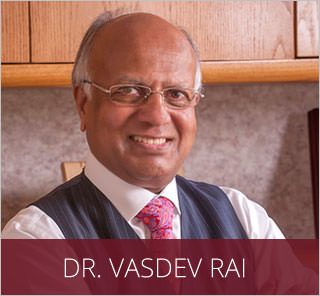How Lasers Work For Skin Care
When you have a chemical peel done, the chemical gives you the equivalent of a sunburn. The top layer of skin gets red and then peels off. The skin grows new cells that are tighter and give you a younger look. You can choose a mild chemical peel, or a moderate or deep peel. The chemical solution is set to one of those strengths and will penetrate to a certain depth accordingly. Laser skin resurfacing works in a similar way.
The skin has three main layers:
- The top layer called the epidermis;
- The middle layer called the dermis; and
- The lowest layer called the subcutaneous layer. It is a fatty layer that insulates the body and is not always classified as a third skin layer.
The epidermis has five sub-layers and new skin cells are produced in the lowest of them. They work their way upwards until they reach the visible skin surface, by which time they are dead. The skin sloughs them off and more new cells rise to take their place. It takes two to four weeks for new cells to make that trip upwards
The dermis is several times thicker than the epidermis and is 60 percent water. It is made of fibrous connective tissue densely packed, mainly collagen and elastin fibers. They support the skin surface and give the skin its elasticity. As we age, we produce less collagen and elastin, which is a contributing cause to wrinkles.
When you Have a Laser Resurfacing Treatment
The laser heat penetrates to the lowest epidermis layer and stimulates production of more new cells. At the same time, it creates a mild burn on the skin surface, like a sunburn, that leads to the skin peeling off. The laser has a shrinking or tightening effect that leads to the new cells being tighter. When they rise and replace the peeled-off cells, they give you a smoother and more youthful appearance.
Laser resurfacing and chemical peels are two ways to rejuvenate the skin. Another way is use of a facial filler. These give temporary results lasting anywhere from four to twelve months, depending on which filler you choose. Repeat treatments are necessary for long-term results. Results of a laser resurfacing can last longer, perhaps two years. But a series of treatments gives better results than just one treatment.
If you would like to know more about the ways you could improve your facial skin, please contact our Dallas, Texas office today for a free consultation.
Dr. Vasdev Rai
 Dr. Vasdev Rai has performed more than 25,000 cosmetic surgeries over his more than 30 years in practice as a Dallas plastic surgeon. He is a board-certified plastic surgeon who was first certified by the American Board of Plastic Surgery in 1983. Learn More...
Dr. Vasdev Rai has performed more than 25,000 cosmetic surgeries over his more than 30 years in practice as a Dallas plastic surgeon. He is a board-certified plastic surgeon who was first certified by the American Board of Plastic Surgery in 1983. Learn More...
Dr. Surjit Rai
 Dr. Surjit Rai was born and raised in Plano, Texas. Being the son of a plastic surgeon, Dr. Rai had the unique opportunity to see first-hand the impact a plastic surgeon can have. He knew at a young age that he would dedicate his life and academic career towards the goal of becoming a plastic surgeon. Learn More...
Dr. Surjit Rai was born and raised in Plano, Texas. Being the son of a plastic surgeon, Dr. Rai had the unique opportunity to see first-hand the impact a plastic surgeon can have. He knew at a young age that he would dedicate his life and academic career towards the goal of becoming a plastic surgeon. Learn More...
